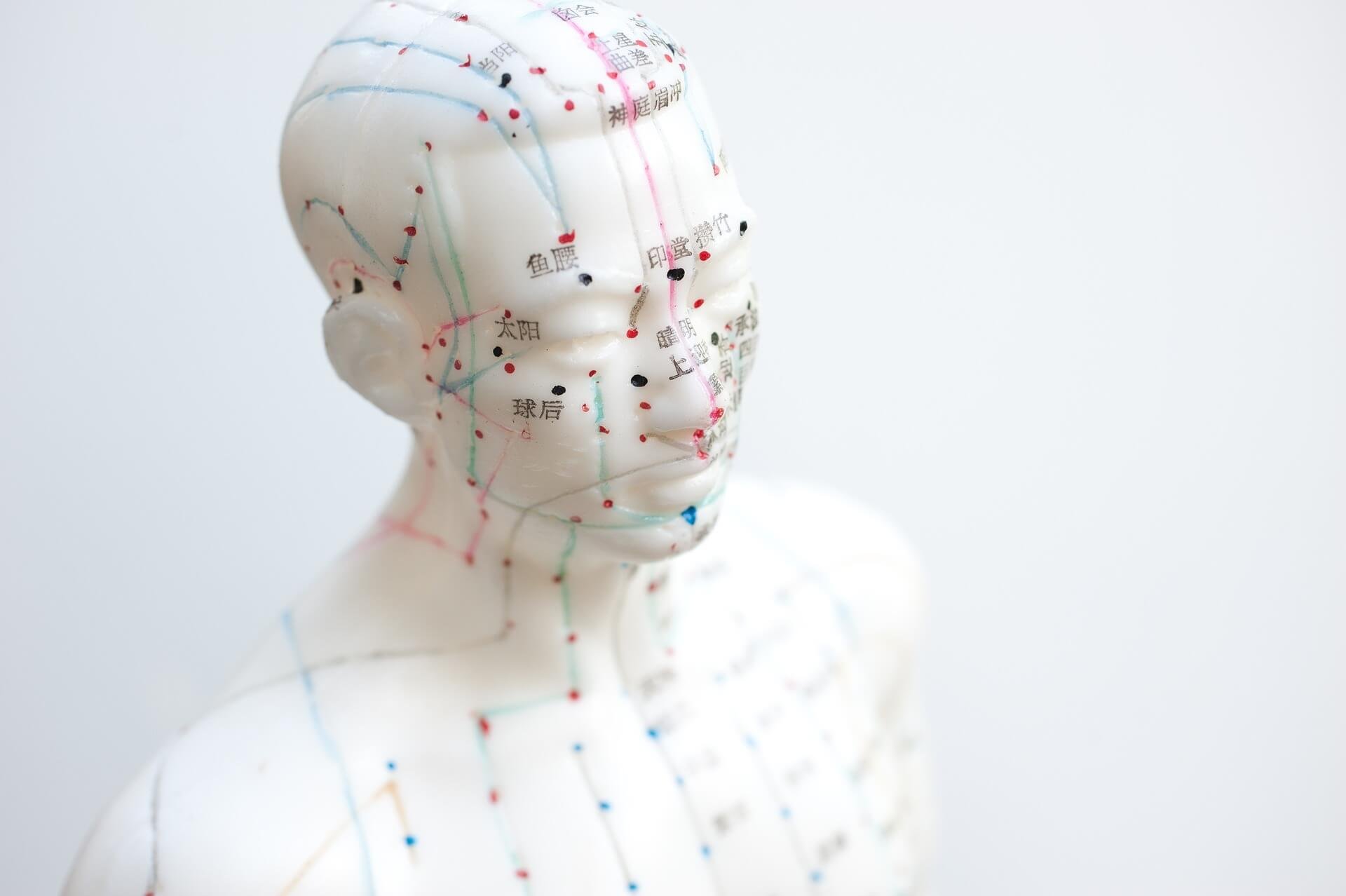The wisdom of acupuncture point names, part one
In English, it is standard to identify an acupuncture point that is part of an acupuncture channel (see photo) by using an alphanumeric system. The letters in this system indicate which channel the point is part of while the number following them indicates approximately where the point is located relative to the other points on that channel (with the emphasis on approximately—some channels, our fellow acupuncturists out there can attest, are far from linear).
While these are useful pieces of information, the names of the acupuncture points carry much richer meanings, perhaps providing clues about where on the body a point is located or what it does or offering insight into the historical influences of acupuncture. This two-part series will give you a closer look at the names of a select few acupuncture points, with the bolded headings showing (from left to right): how they are written in traditional Chinese (their traditional Chinese characters), how they are typically represented in the alphabet that English uses (their Pinyin transliteration), and how they might be translated into English (there are numerous translations for the name of a given point, none of which can fully capture the original meaning).
至陰 | Zhì Yīn | Reaching Yin
While outside of China the concepts of yin and yang are perhaps most familiar in the context of the “yin-yang symbol,” in traditional Chinese the character for yin depicts a hill on the left and a cloud on the right, while the character for yang depicts a hill on the left and rays of light emanating from the sun over the horizon on the right. In other words, yin is that which corresponds to the shady side of a hill (such as night, rest, or cold) while yang is that which corresponds to the sunny side of a hill (such as day, activity, or heat). This point, also known as BL-67, has the unique ability to turn a breech baby and can also hasten slow labor, both situations arising from the uterus having reached a relatively yin (resting) state during a time when a more yang (active) state is needed. For these purposes, this point is traditionally stimulated via moxibustion (moxa), as burning the Chinese herb mugwort on or near the skin generates heat, which is also yang. This point, located on each foot, mirrors the point Reaching Yang, also known as DU- or GV-9, located on the back.
日月 | Rì Yuè | Sun and Moon
The name of this point, also known as GB-24, comes from the point’s ability to treat indecisiveness; the two characters in the name of this point are combined to form a singular character that means “clear” or “to understand.” This point is located on the abdomen.
足臨泣 | Zú Lín Qì | Foot Governor of Tears
This point, also known as GB-41, is located on each foot and governs tears in the sense that it benefits the eyes. It mirrors the point Head Governor of Tears, also known as GB-15, located on the head.
合谷 | Hé Gû | Joining Valley
Also known as LI-4, this point is one of the most common points used. It is located on each hand. The name of this point could be seen as a reference to the valley or crease that is formed by joining the thumb and pointer finger together when the hand is flat, the first step in one method of locating the point.
承漿 | Chéng Jiāng | Container of Fluids
This point, also known as CV-24, affects fluid production in the mouth. It can be used to treat excessive salivation due to conditions such as Parkinson’s disease or dementia, as well as dry mouth, which is a common side effect of medications. While the previous points on this list are all part of channels designated as primary, this point is part of what is called an extraordinary channel, or a channel that is out of the ordinary in the sense that it does not belong to the primary channel system and in fact augments it. This point is located on the chin.
Note: The falling-rising or third tone in Chinese, a tonal language in which the meaning of an utterance can change depending on the intonation used, is typically indicated by a caron ( ̌) in the alphabet that English uses, but is represented here by a circumflex (ˆ) due to the limited diacritical marks available in this font.
Reference Consulted
Deadman P, Al-Khafaji M, Baker K. A Manual of Acupuncture. East Sussex, England: Journal of Chinese Medicine Publications; 1998.

